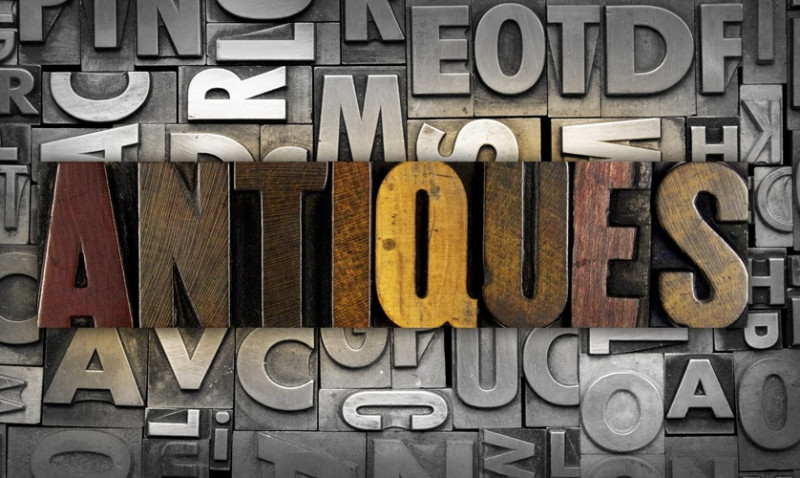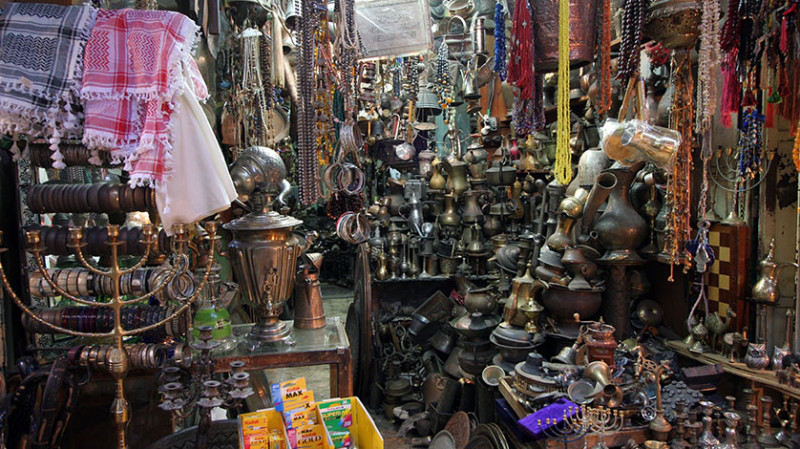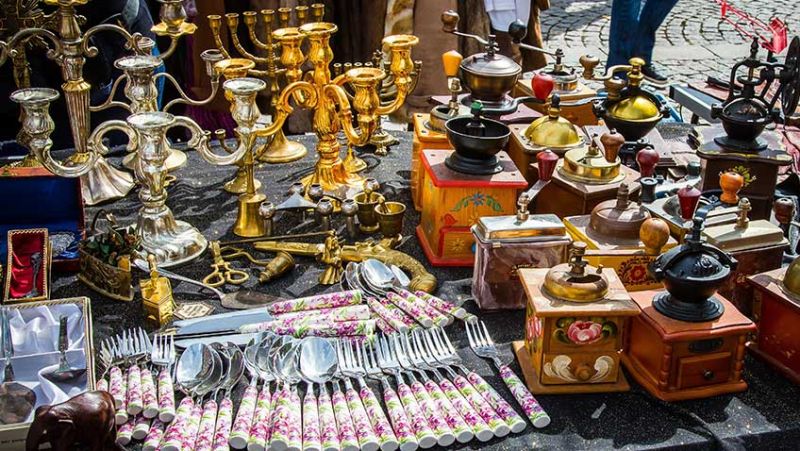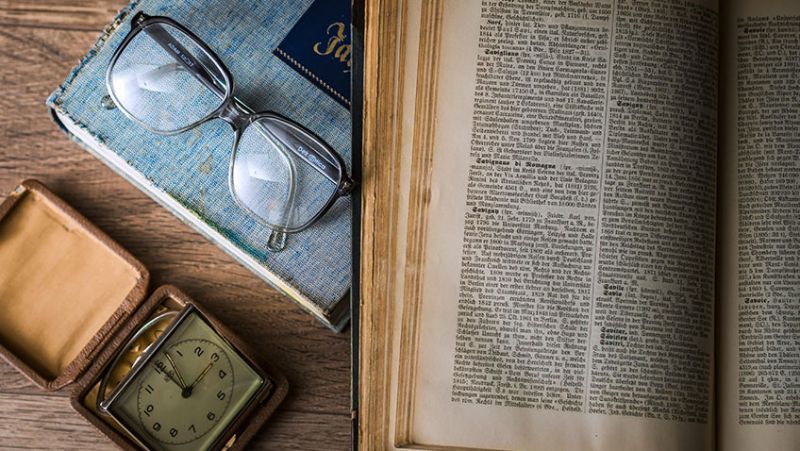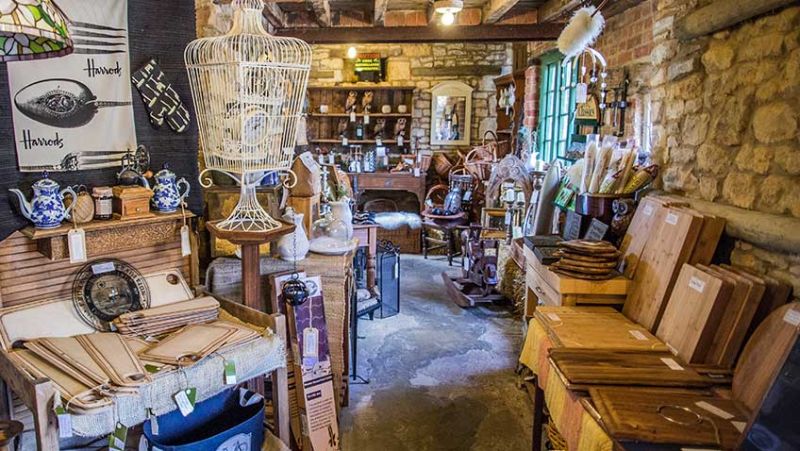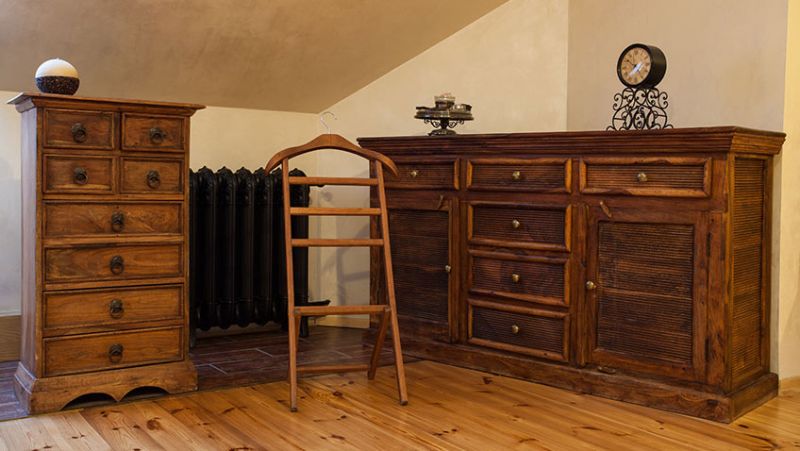
It is important to use the right products and techniques when cleaning and restoring antique furniture, as it can be a delicate process. By following these simple steps, you can clean and restore your antique furniture to its former glory!
Antique Furniture Restoration
Antique furniture restoration can be a rewarding process, but it requires a careful approach. The first step is to choose the right piece of furniture to restore. Once you've selected a piece, it's time to prepare it for restoration. This involves stripping off the old finish, repairing any damage, and sanding the surface. Once the preparation work is complete, you can begin restoring the furniture. This can involve anything from reupholstering to refinishing. Finally, once the restoration is complete, you'll need to protect the piece with a clear finish. With a little patience and attention to detail, you can bring an old piece of furniture back to life.
How to Polish Antique Furniture
There are three ways to polish the furniture - with a cloth, rag, and beeswax. With a cloth, you will need to use a soft, clean cloth and furniture polish. Rub the furniture polish into the cloth and then rub it onto the furniture in small circular motions. Start from the outside of the piece of furniture and work your way in. With a rag, you will need a piece of clean cheesecloth or an old t-shirt. Wet the rag with water and then wring it out so that it is damp but not soaking wet. Rub the damp rag over the surface of the furniture in small circular motions. Start from the outside of the piece of furniture and work your way in. With beeswax, you will need to use a clean cloth and beeswax. Rub the beeswax onto the surface of the furniture in small circular motions. Start from the outside of the piece of furniture and work your way in. Polish the furniture with a clean, dry cloth when you are finished.
How to Remove Stains from Antique Furniture
Anyone who owns antique furniture knows that it requires special care and attention. One wrong move can easily damage the delicate finish or leave unsightly marks. This is especially true when it comes to removing stains. With the wrong method, it is possible to do more harm than good. Fortunately, there are a few simple tips that can help you safely remove stains from your antique furniture.
Wine Stains
For wine stains, start by blotting up as much of the spill as possible with a clean cloth. Then, mix equal parts white vinegar and water in a bowl and use a clean cloth to apply the solution to the stain. Gently rub the area in a circular motion until the stain begins to fade. Once the stain is gone, rinse the area with warm water and dry with a soft cloth.
Coffee Stains
To remove coffee stains, mix one part water with two parts rubbing alcohol in a bowl. Use a clean cloth to apply the solution to the stain and be sure to work from the outside in so that you don't spread the stain. Gently rub the area until the stain disappears then rinse with cold water and dry with a soft cloth. If the stain persists, you can try mixing one part dish soap with two parts hydrogen peroxide and applying it to the area with a clean cloth. Rub gently until the stain fades then rinse with cold water and dry completely.
Ink Stains
If you need to remove ink stains from your antique furniture, start by blotting up as much of the spill as possible using a clean cloth. Then, mix one part dish soap with three parts hydrogen peroxide in a bowl and use a clean cloth to apply it to the ink stain. Rub gently until the ink fades then rinse with cold water and dry completely. You may need to repeat this process several times for stubborn stains.
Paint Stains
Paint stains can be tricky to remove but it is important to act quickly before they have a chance to set in. Start by scraping away any excess paint with a putty knife then blot up any remaining paint with a clean cloth. Next, mix one part dish soap with 2-3 parts hydrogen peroxide in a bowl then use a clean cloth soaked in the solution to gently rub away at the paint stain. Once all of the paint has been removed, rinse thoroughly with cold water and dry completely.
Chewing Gum
Chewing gum can be difficult to remove but it is important not to panic as panicking will only make it worse! Start by freezing the gum for about 15 minutes using an ice pack or bag of frozen peas wrapped in a towel so that it doesn't come into direct contact with your furniture. Once frozen, use a dull knife to carefully scrape away as much of the gum as possible being careful not to damage your furniture's surface in the process! If there is any gum residue left behind, mix 1/2 cup white vinegar with 1/4 cup rubbing alcohol in a spray bottle then mist over the affected area. Allow it to sit for 5-10 minutes before wiping away with a clean cloth dipped in warm water. Rinse thoroughly afterwards and dry completely.
Refinishing antique furniture can be a fun and rewarding experience, but it is important to take your time and do the job right. By preparing the surface properly and using the right type of paint and primer, you can achieve a high-quality finish that will last for years. With a little patience and attention to detail, you can turn an old piece of furniture into something new and beautiful.
